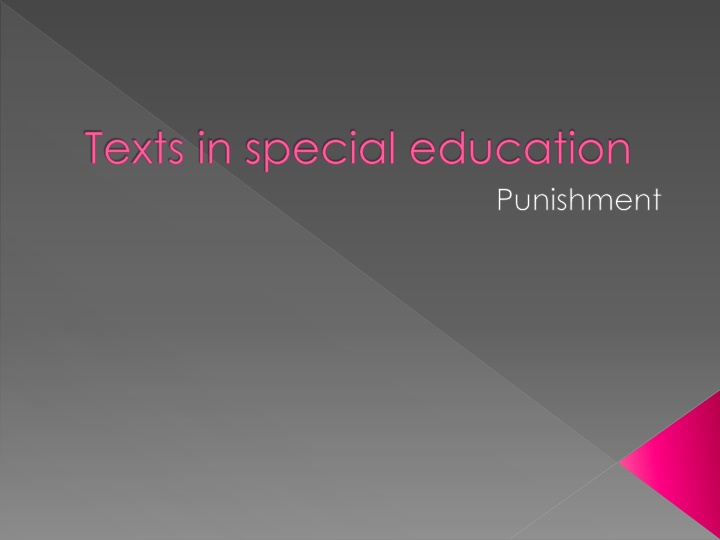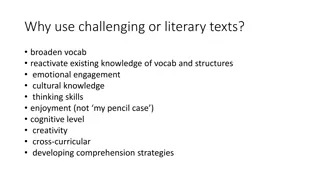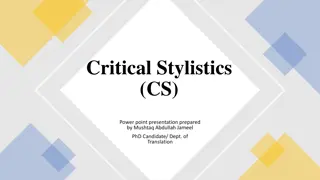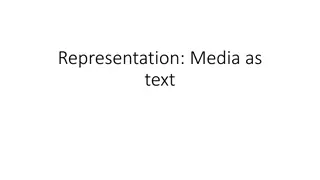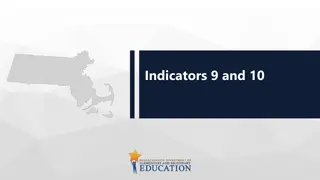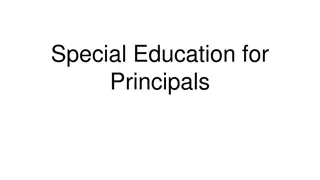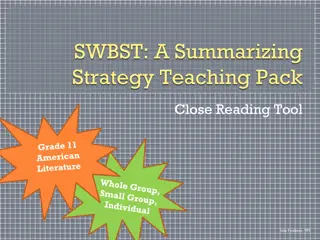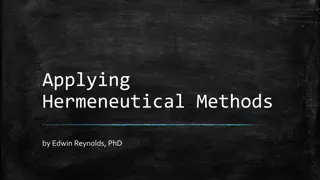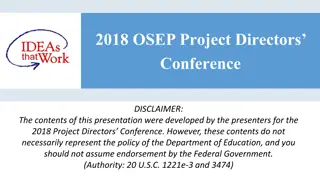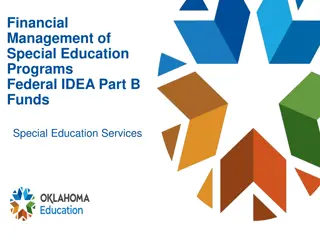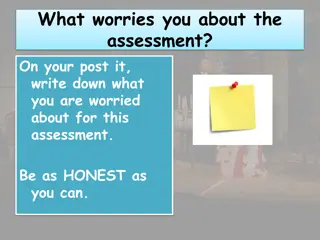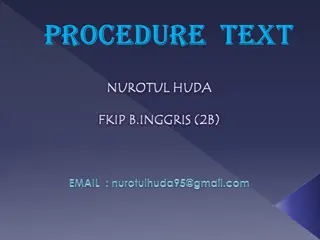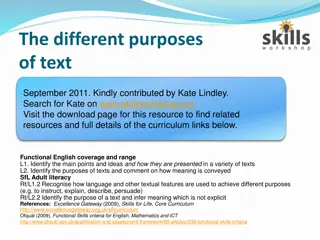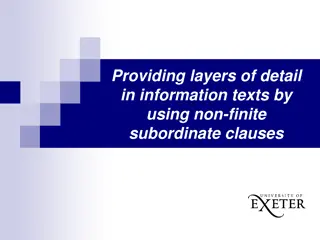Texts in special education
Punishment in special education aims to deter negative behaviors using positive and negative consequences. Positive punishment adds unfavorable outcomes to discourage unwanted actions, while negative punishment involves the removal of something valued by the individual. Specific examples illustrate how these methods can help shape behavior effectively without resorting to harmful practices like corporal punishment.
Download Presentation

Please find below an Image/Link to download the presentation.
The content on the website is provided AS IS for your information and personal use only. It may not be sold, licensed, or shared on other websites without obtaining consent from the author.If you encounter any issues during the download, it is possible that the publisher has removed the file from their server.
You are allowed to download the files provided on this website for personal or commercial use, subject to the condition that they are used lawfully. All files are the property of their respective owners.
The content on the website is provided AS IS for your information and personal use only. It may not be sold, licensed, or shared on other websites without obtaining consent from the author.
E N D
Presentation Transcript
Texts in special education Punishment
Positive Punishment Punishment is used to stop negative behaviors. And while it sounds confusing to refer to punishment as positive, in operant conditioning, the term positive means adding. So a positive punishment involves adding a consequence that will deter the child from repeating the behavior
Specific examples of positive punishment include: Parents give a child extra chores to do when he lies about cleaning his bedroom. A child says a swear word and his teachers tells him to write 100 sentences saying he will not swear again. Spanking is also an example of positive punishment. But most experts agree that corporal punishment should not be used in behavior modification
Negative Punishment Negative punishment involves removing something from a child. Examples include taking away privileges or removing positive attention. Negative punishment can be very effective ways to help a child learn from mistakes.
Specific examples of negative punishment include: A child placed in time-out for misbehavior is removed him from the environment that he enjoys. A parent uses active ignoring to withdraw all attention when a child exhibits a temper tantrum. A teenager loses her cell phone privileges when she doesn't get her homework done.
